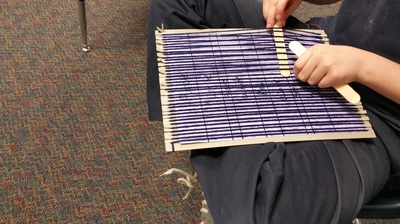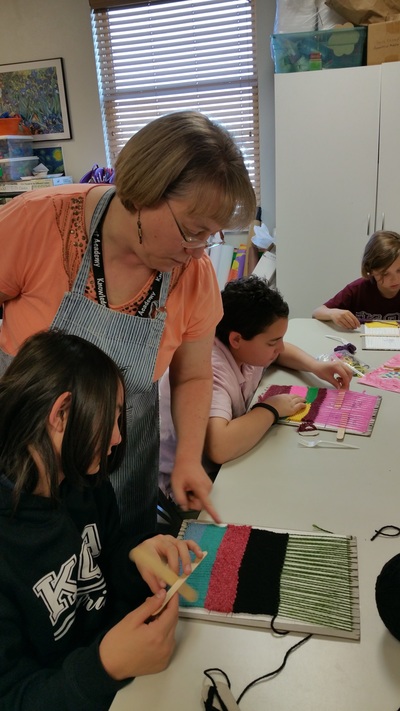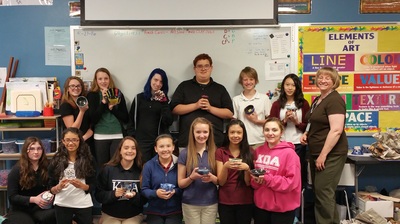| kqa_setting_and_context.pdf | |
| File Size: | 627 kb |
| File Type: | |
Student Teaching
Instruction and Assessment
The world can be discovered through creative means as well as scientific. When students make art, they are expressing their views of the world through images, symbols and movement. Sometimes an art work can speak more than a book. As an art teacher, my goal is to help students find their voice not only in writing or speech, but in a visual language. My ultimate goal is to help students process the information they must learn every day such as problem solving, brainstorming and connecting to family and community.
Instruction and Management of the Art Classroom
Management in the art classroom can come into play when a few students speak in critique for different projects. Each student will get a chance to speak their mind and the art critiques can stay at a manageable time table. Critiques can also take the form of extended essays, portfolios, mini-exhibitions and/or artist statements. Extended essays can be used for students to critique each other in written form, using literacy skills, which could have the entire class critique projects in one class period.
The world can be discovered through creative means as well as scientific. When students make art, they are expressing their views of the world through images, symbols and movement. Sometimes an art work can speak more than a book. As an art teacher, my goal is to help students find their voice not only in writing or speech, but in a visual language. My ultimate goal is to help students process the information they must learn every day such as problem solving, brainstorming and connecting to family and community.
- Authentic Assessment
- Formative Assessment
- Summative Assessment
Instruction and Management of the Art Classroom
Management in the art classroom can come into play when a few students speak in critique for different projects. Each student will get a chance to speak their mind and the art critiques can stay at a manageable time table. Critiques can also take the form of extended essays, portfolios, mini-exhibitions and/or artist statements. Extended essays can be used for students to critique each other in written form, using literacy skills, which could have the entire class critique projects in one class period.
- Motivation, Ideation and Choice
- Art Differentiation
- Creating Community and Parent Partnerships
| instruction_and_assessment.docx | |
| File Size: | 15 kb |
| File Type: | docx |
| management_of_the_art_classroom.docx | |
| File Size: | 15 kb |
| File Type: | docx |



